Llamas are a member of the camelid family, which includes camels, alpacas, vicunas, and guanacos. Historically, in the wild, they were found in the Andes Mountains of South America, where they were farmed and domesticated for hundreds of years for meat, milk, wool, and for use as pack animals. They are now farmed in many countries worldwide.
The llama’s under-coat wool is known for its softness, whereas the upper-coat wool (known as “guard hairs”) is a little coarser, and serves to protect llamas from debris and rain. Both coats are used for weaving into fibers. Llamas are social animals and live in herds. Read on to learn about the llama.
Description of the Llama
Llamas have a typical camel-like body shape, but they lack the humps of the Bactrian and dromedary camel. They have long necks, slender limbs, and rounded muzzles. They have protruding lower incisors (front teeth), and their upper lip is split. Partly because they have been domesticated for their wool, the llama can be found in a wide variety of colors, such as white, brown, gray, black, or piebald. One common pattern is reddish-brown fur with mottled patches of yellow or white.
Interesting Facts About the Llama
Llamas have been domesticated for hundreds of years, however, they evolved for living in high altitudes as high as 13,000 ft (4,000 m). Their tendency to live in groups means they have developed several interesting behaviors.
- Unusual Blood – Llamas have a very high content of hemoglobin (this carries oxygen) in their bloodstream, and oval-shaped red blood cells for living at high altitudes, where there are low levels of oxygen.
- Induced Ovulators – Llamas are unlike most other mammals, in that they do not have an estrus cycle in which an egg is automatically released at regular intervals. Instead, llamas are “induced ovulators,” for whom mating stimulates release of the egg 24 – 36 hours after copulation.
- Guard Animals – Llamas are aggressive to predators and, because of this, they are commonly used as guard animals for horses, sheep, goats, and hens. Typically, a single castrated male is used for such guard duty.
- Spitting – Llamas are very social animals. However, in dominance disputes, they will spit at each other, and are known for spitting at humans.
Habitat of the Llama
The native habitat of llamas is the cold and dry Andes Mountains, where they live in rugged mountaintops. However, in modern times they can be found in a wide range of habitats, including grasslands and farmlands.
Distribution of the Llama
Llamas are no longer found in the wild. They are now distributed throughout North America, Europe, Australia, Argentina, Ecuador, Chile, Bolivia, and Peru. Currently, nearly 70% of llamas are found in Bolivia.
Diet of the Llama
Llamas are browsing herbivores that eat mountain vegetation, such as low shrubs and lichens. They do, however, also graze on grass, or eat feed commercially produced for sheep and goats.
Llama and Human Interaction
The wool of llamas is a valuable commodity. The animals are sheared every 2 years, which yields approximately 6 lbs (3 kg) of fleece. Aside from their value as wool producers, llamas are used by farmers to reduce predation of sheep, goats, and hens. Historically, because of their great strength, llamas were used as beasts-of-burden to carry large loads.
Domestication
Llamas have been domesticated for hundreds of years to produce meat, milk, wool, and for use as pack animals.
Does the Llama Make a Good Pet
Llamas are considered to be gentle and undemanding “field pets,” and can be kept for leisure activities, such as walking or carting.
Llama Care
When kept as farmed animals, llamas can sometimes be fed the same diet as sheep and goats, and cared for using similar husbandry. They have a soft padded foot with a strong nail at the end – this may need occasional trimming. If their wool is not needed, shearing becomes unnecessary, as the fleece stops growing.
Behavior of the Llama
Llamas are highly gregarious animals that, in the wild, tend to live in small herds of about 20. These herds are usually made up of one male and several females, together with their young from the previous year. The male defends his harem and territory against other males by biting, chest-ramming, and neck-wrestling in attempts to push his opponent to the ground.
Both males and females are aggressive towards predators, and use a range of behaviors such as charging, kicking, biting, and spitting to defend themselves. They are also a very vocal animal, and will call to warn other members of the herd if a predator approaches.
Reproduction of the Llama
Llamas do not have an estrus cycle, but tend to mate in late summer and early autumn. In the breeding season, male llamas develop a harem of approximately 6 females with which they mate – this type of breeding system is called “polygyny.” The males become extremely aggressive towards other males who approach the harem.
Both males and females become sexually mature at 2 – 3 years of age. Rather curiously, mating occurs in a lying-down position. The pregnancy (gestation) period is 10 – 12 months long, and usually a female produces only one offspring (sometimes called a “cria”). The youngsters can run within an hour after birth, and are weaned at 3 – 5 months of age; they become totally independent shortly after. When the crias are about 12 months old, the male drives them from his territory.


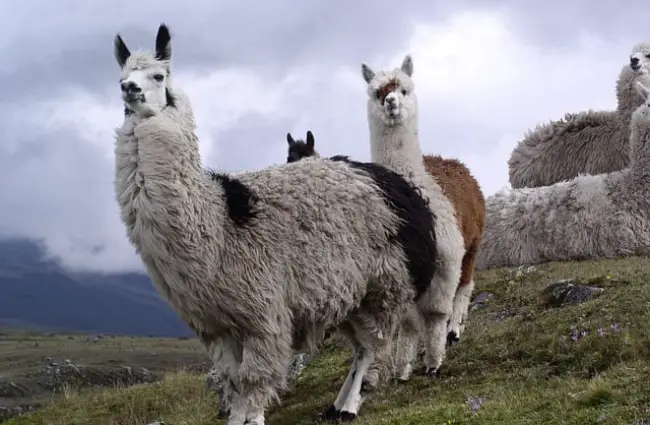
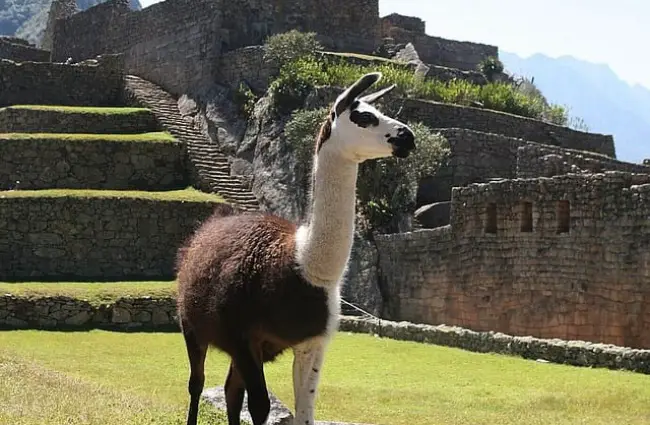
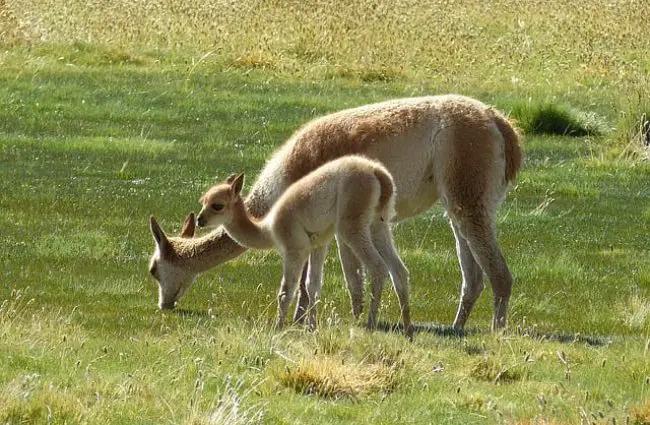
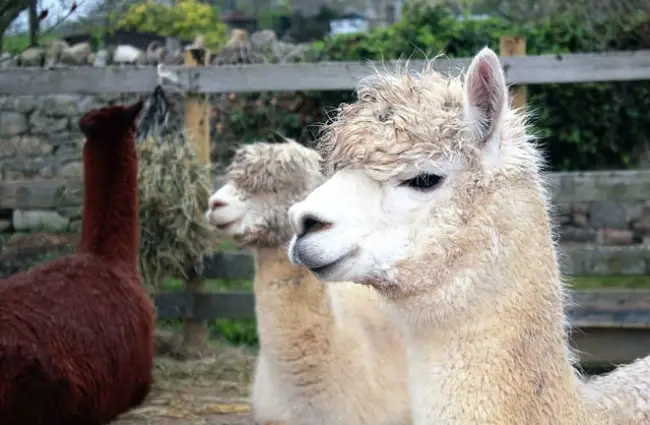
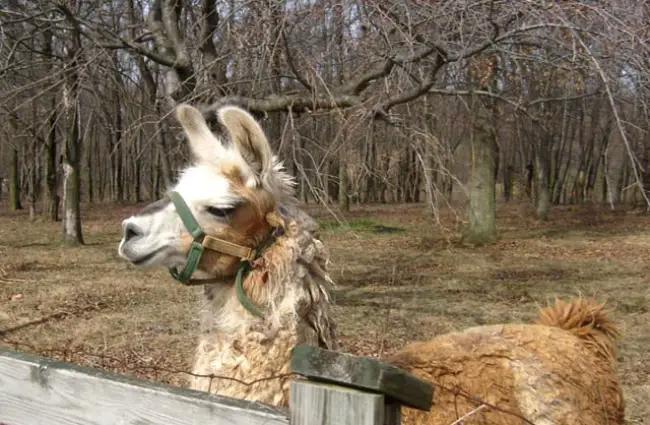

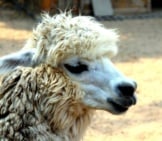
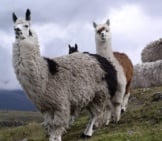

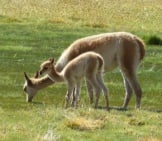
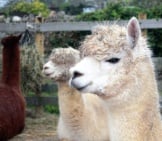


![Red Angus Closeup of a beautiful Red Angus cowPhoto by: U.S. Department of Agriculture [pubic domain]https://creativecommons.org/licenses/by/2.0/](https://animals.net/wp-content/uploads/2020/03/Red-Angus-4-238x178.jpg)












![Red Angus Closeup of a beautiful Red Angus cowPhoto by: U.S. Department of Agriculture [pubic domain]https://creativecommons.org/licenses/by/2.0/](https://animals.net/wp-content/uploads/2020/03/Red-Angus-4-100x75.jpg)

